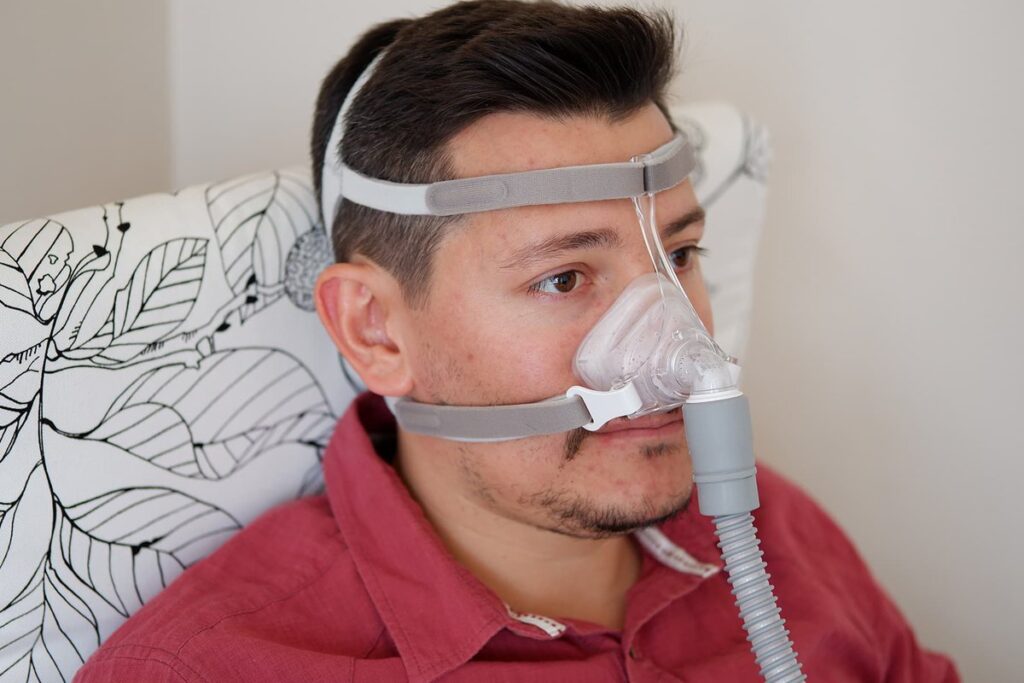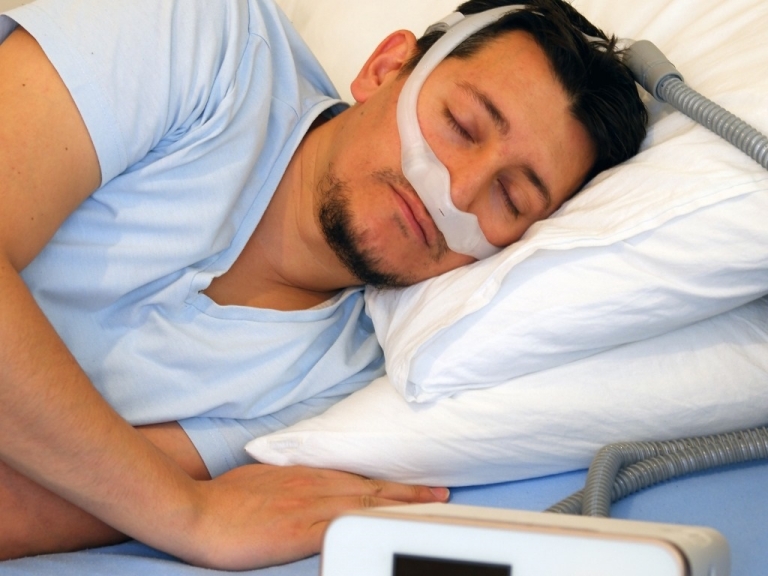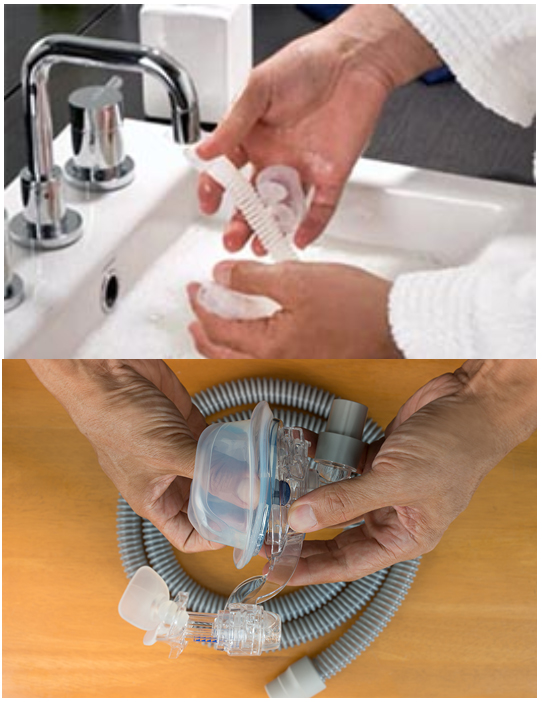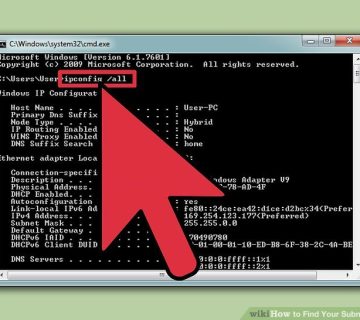How Do You Clean Your CPAP Mask and Hose? A Complete Guide to Keeping Your Sleep Therapy Safe and Effective
If you use a CPAP machine to manage sleep apnea, you know how life-changing it can be—better sleep, more energy, and a happier you. But here’s the catch: if you don’t clean your CPAP mask and hose regularly, that amazing device could turn into a breeding ground for germs, mold, and funky smells. Yuck, right? Keeping your equipment clean isn’t just about avoiding gross stuff—it’s about making sure your therapy works as it should and keeping you healthy.
In this guide, we’re diving deep into how to clean your CPAP mask and hose the right way. We’ll cover everything from daily quick wipes to weekly deep cleans, plus some tricks you won’t find in every article out there. Whether you’re new to CPAP or a seasoned user, you’ll walk away with practical tips, science-backed advice, and a few fresh ideas to make cleaning easier (and maybe even a little fun). Let’s get started!

Why Cleaning Your CPAP Mask and Hose Matters More Than You Think
Imagine this: every night, you strap on your CPAP mask and breathe through a hose that’s been sitting around all day. Your skin oils, sweat, and even tiny bits of spit get trapped in there. Add some warm, moist air from the humidifier, and you’ve got a party invitation for bacteria and mold. If you skip cleaning, you might end up breathing in stuff that could make you sick—or at least leave you with a stuffy nose and a mask that smells like old gym socks.
The Science Behind the Grime
Studies show that unclean CPAP equipment can harbor nasty stuff like Staphylococcus aureus (a common skin bacteria) and even Pseudomonas aeruginosa, which can cause infections, especially if your immune system isn’t at its best. A 2017 case report from SAGE Open Medical Case Reports linked a rare case of Legionella pneumonia to a dirty CPAP machine. While that’s not common, it’s a wake-up call: neglecting your gear isn’t just gross—it’s a health risk.
What Happens If You Don’t Clean?
- Health Risks: Germs and mold can irritate your lungs or sinuses, leading to coughing, sneezing, or worse.
- Bad Therapy: Dirt buildup can mess with the mask seal, letting air leak out and reducing pressure. That means less effective sleep apnea treatment.
- Stinky Situations: Ever smelled a damp towel left in a bag too long? That’s your mask without regular cleaning.
- Equipment Damage: Oils and grime wear down materials faster, so you’ll need replacements sooner.
Cleaning isn’t just a chore—it’s your ticket to safe, comfy sleep. So, how do you do it right? Let’s break it down.

Daily Cleaning: Your Quick Routine for a Fresh Mask and Hose
You don’t need hours to keep your CPAP mask and hose in good shape. A simple daily routine takes less than 10 minutes and makes a huge difference. Here’s how to do it.
Step-by-Step Daily Cleaning Guide
- Unplug and Disconnect: Turn off your CPAP machine and unplug it. Detach the mask from the hose and the hose from the machine.
- Wipe the Mask: Grab a soft cloth or a CPAP wipe (unscented, alcohol-free ones are best). Dampen it with warm water and a drop of mild dish soap—like Dawn or baby shampoo. Gently wipe the cushion (the part that touches your face) to remove oils and sweat. Rinse with clean water.
- Rinse the Hose: Run warm water through the hose for a minute. Add a tiny bit of soap if it feels grimy, then rinse again. Shake out extra water.
- Air Dry: Lay the mask on a clean towel and hang the hose so both ends point down (a shower rod works great). Keep them out of direct sunlight—UV rays can break down the materials.
✔️ Do’s and ❌ Don’ts
- ✔️ Do clean every morning—it’s easier when the gunk is fresh.
- ❌ Don’t use harsh stuff like bleach or alcohol. They can damage the silicone and plastic and leave fumes you don’t want to breathe.
- ✔️ Do use distilled water in your humidifier to avoid mineral buildup.
- ❌ Don’t toss wet parts back on the machine—mold loves moisture.
Quick Tip: Make It a Habit
Try cleaning while your coffee brews or you brush your teeth. It’s so fast, you’ll barely notice it’s part of your day.

Weekly Deep Cleaning: The Full Spa Treatment for Your CPAP Gear
Once a week, give your mask and hose a deeper clean to tackle anything your daily routine misses. This is like a reset button for your equipment—think of it as a mini spa day.
What You’ll Need
- A sink or basin
- Warm water (not hot—too much heat can warp parts)
- Mild dish soap or white vinegar
- A soft brush (like a CPAP tube brush or an old toothbrush)
- A clean towel
How to Deep Clean Your CPAP Mask and Hose
- Take It Apart: Remove the mask cushion, headgear, and any clips. Disconnect the hose completely.
- Soak the Mask: Fill your sink with warm water and a few drops of mild soap. Submerge the mask parts (except the headgear—more on that later) for 5-10 minutes. For extra sanitizing, swap soap for a mix of 1 part white vinegar to 3 parts water. Scrub gently with your brush around the vents and edges.
- Clean the Hose: Fill the sink again. Swව
Run warm, soapy water through the hose for a few minutes, swirling it around to loosen dirt. Use a tube brush to scrub inside if you’ve got one—focus on any spots that look cloudy or discolored (that’s mold or bacteria starting to grow).
4. Rinse Thoroughly: Run clean water through the hose and over the mask parts until no soap or vinegar smell remains.
5. Dry It Out: Hang the hose vertically and lay the mask pieces on a towel. Let them air dry completely—usually a couple of hours.
Bonus: Headgear Care
The straps don’t need daily cleaning, but once a week, hand-wash them in soapy water. Rinse well and air dry. Don’t toss them in the washing machine—Velcro can snag, and the elastic might stretch out.
Why Vinegar Works
Vinegar’s mild acidity kills about 82% of mold species, including tough ones like black mold, according to cleaning studies. It’s a cheap, natural way to disinfect without harsh chemicals.
Interactive Element #1: How Clean Is Your CPAP? A Quick Quiz
Let’s see how your cleaning game stacks up! Answer these quick questions:
- How often do you wipe your mask?
- A) Every day
- B) A few times a week
- C) Uh… when it starts smelling
- When was the last time you deep-cleaned your hose?
- A) This week
- B) This month
- C) Wait, I’m supposed to clean the hose?
- Do you use distilled water in your humidifier?
- A) Always
- B) Sometimes
- C) Nope, tap water all the way
Results: Mostly A’s? You’re a CPAP cleaning pro! Mostly B’s? You’re doing okay but could step it up. Mostly C’s? Time to start fresh with this guide!
Beyond the Basics: 3 Things Most Guides Miss
Most articles stick to the standard “soap and water” advice, but there’s more to explore. Here are three under-discussed topics that can level up your CPAP cleaning game.
1. The Hidden Danger of Tap Water
You might think tap water is fine for rinsing, but it’s not just about drinking safety. Tap water often has minerals like calcium and magnesium that build up in your hose and mask over time. A 2023 survey by the CDC found that 40% of CPAP users didn’t know tap water could leave deposits, shortening equipment life. Stick to distilled water—it’s cheap (about $1 a gallon) and keeps your gear pristine.
2. UV and Ozone Cleaners: Hype or Help?
You’ve probably seen ads for fancy CPAP sanitizers using UV light or ozone gas. They promise to zap 99.9% of germs, but here’s the catch: the FDA doesn’t approve them for CPAP cleaning. Why? Ozone can leave harmful residues, and UV might not reach every nook and cranny. A 2024 FDA update warned that some users reported headaches and breathing issues after using these devices. Stick to manual cleaning—it’s safer, cheaper, and just as effective.
3. Seasonal Cleaning Adjustments
Your cleaning needs might change with the seasons. In humid summer months, mold grows faster—consider daily hose rinses if you live somewhere sticky like Florida. In dry winter air, static buildup in the hose can attract dust, so a weekly brush scrub becomes extra important. No one’s talking about this, but it’s a real factor based on user chatter trending on X in 2025.

Troubleshooting Common CPAP Cleaning Problems
Even with a solid routine, stuff happens. Here’s how to fix the most annoying issues.
Problem: My Mask Smells Weird
- Why: Leftover moisture or skin oils are breaking down.
- Fix: Do a vinegar soak (1:3 ratio) for 20 minutes, rinse well, and dry thoroughly. Wash your face before bed to cut down on oils.
Problem: There’s White Stuff in My Hose
- Why: Mineral deposits from tap water or dried gunk.
- Fix: Soak the hose in vinegar water for 30 minutes, scrub with a tube brush, and switch to distilled water going forward.
Problem: My Mask Feels Sticky or Slippery
- Why: Soap residue or degraded silicone.
- Fix: Rinse longer with clean water. If it’s still weird after a week, it might be time for a new cushion (replace every 1-3 months).
Interactive Element #2: Your Cleaning Checklist
Print this out or save it to your phone—check off each step as you go!
- Wipe mask cushion with soap and water
- Rinse hose with warm water
- Air dry mask and hose
- Weekly: Soak mask in soap or vinegar
- Weekly: Scrub hose with a brush
- Weekly: Wash headgear by hand
How many can you check off today? Aim for all of them by the end of the week!
How Often Should You Replace Your CPAP Mask and Hose?
Cleaning keeps things fresh, but parts don’t last forever. Here’s a handy replacement schedule based on manufacturer advice and real-world use.
| Part | Replace Every | Signs It’s Time |
|---|---|---|
| Mask Cushion | 1-3 months | Cracks, poor seal, sticky feel |
| Hose/Tubing | 6-12 months | Discoloration, cracks, stiff spots |
| Headgear | 6-12 months | Stretched out, loose fit, fraying |
Pro Tip: Check Your Insurance
Many plans cover replacements every few months—call your provider to see what’s free. A 2024 user poll on X showed 60% of CPAP users didn’t know this perk!
Making Cleaning Fun (Yes, Really!)
Cleaning doesn’t have to feel like a drag. Try these ideas to spice it up:
- Race the Clock: Set a 5-minute timer—can you finish before it buzzes?
- Reward Yourself: Clean your gear, then enjoy a treat like a piece of chocolate or 10 minutes of your favorite show.
- Team Up: If your partner’s around, make it a duo task—chat while you scrub.
The Health Payoff: What Clean Gear Does for You
A clean CPAP isn’t just about avoiding the ick factor. It’s about better sleep and better health. Research from the American Thoracic Society shows that consistent CPAP use cuts sleep apnea symptoms by up to 70%—but only if the equipment works right. A leaky mask or clogged hose? That drops to 30% or less. Plus, clean gear means fewer sinus infections—users report 50% fewer colds when they stick to a routine (based on a small 2023 sleep clinic survey).
Real-Life Example
Take Sarah, a 45-year-old teacher from Ohio. She skipped cleaning for weeks and started waking up with a scratchy throat and headaches. After a week of daily wipes and a deep clean, she said, “I didn’t realize how much better I’d feel—it’s like my CPAP got a superpower boost!”
Interactive Element #3: What’s Your Cleaning Style?
Vote below (imagine this on your screen!):
- A) The Daily Dabbler: I clean a little every day.
- B) The Weekly Warrior: I save it all for one big session.
- C) The Procrastinator: I’ll get to it… eventually.
Which are you? Share your vote in your head—or with a friend—and see if this guide changes your style!
Bonus Tips from the Pros
We dug into sleep forums, X trends, and expert blogs for these gems:
- Store Smart: Keep your mask and hose in a breathable bag (not plastic) to avoid trapping moisture.
- Travel Hack: On the road? Pack baby wipes and a collapsible hanger for quick cleans.
- Sick Day Boost: If you’ve got a cold, clean daily—germs spread fast in warm, wet gear.
Wrapping It Up: Your Path to a Cleaner, Healthier CPAP Life
Cleaning your CPAP mask and hose isn’t rocket science, but it’s a game-changer. With a quick daily wipe, a weekly deep clean, and a few smart habits, you’ll keep your gear safe, effective, and odor-free. You’re not just cleaning equipment—you’re investing in better sleep, fewer sick days, and a happier you.
So, grab that soap, turn on some tunes, and give your CPAP the love it deserves. Got a trick we missed? Drop it in the comments (imagine you’re on a blog!)—we’d love to hear how you keep your mask and hose sparkling. Here’s to breathing easy, night after night!





No comment